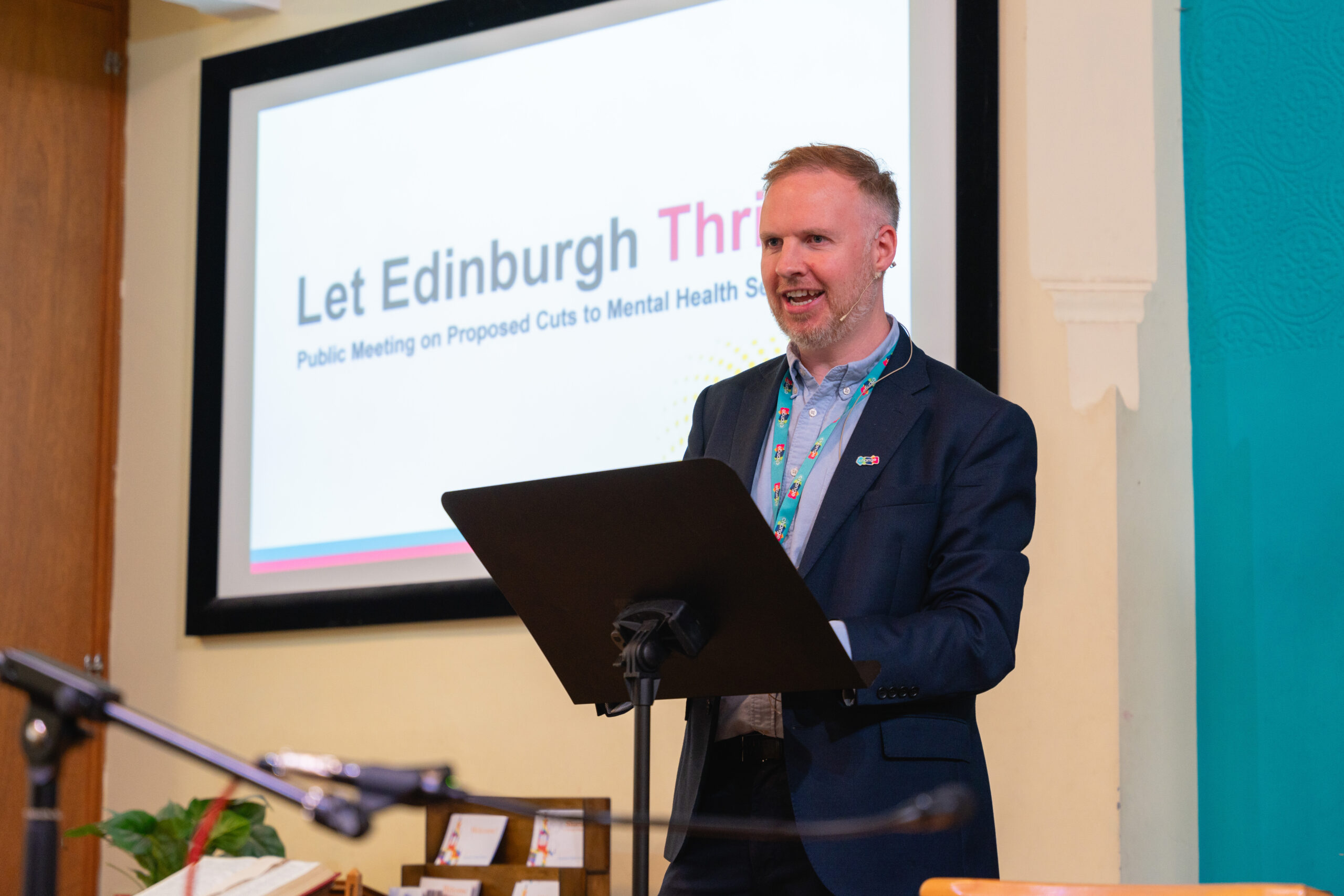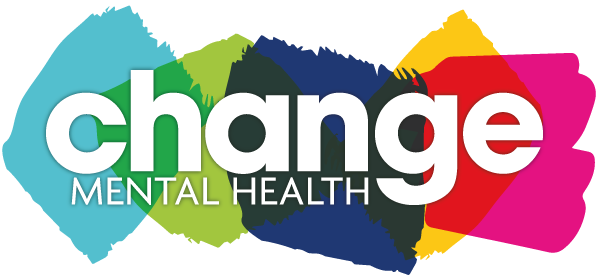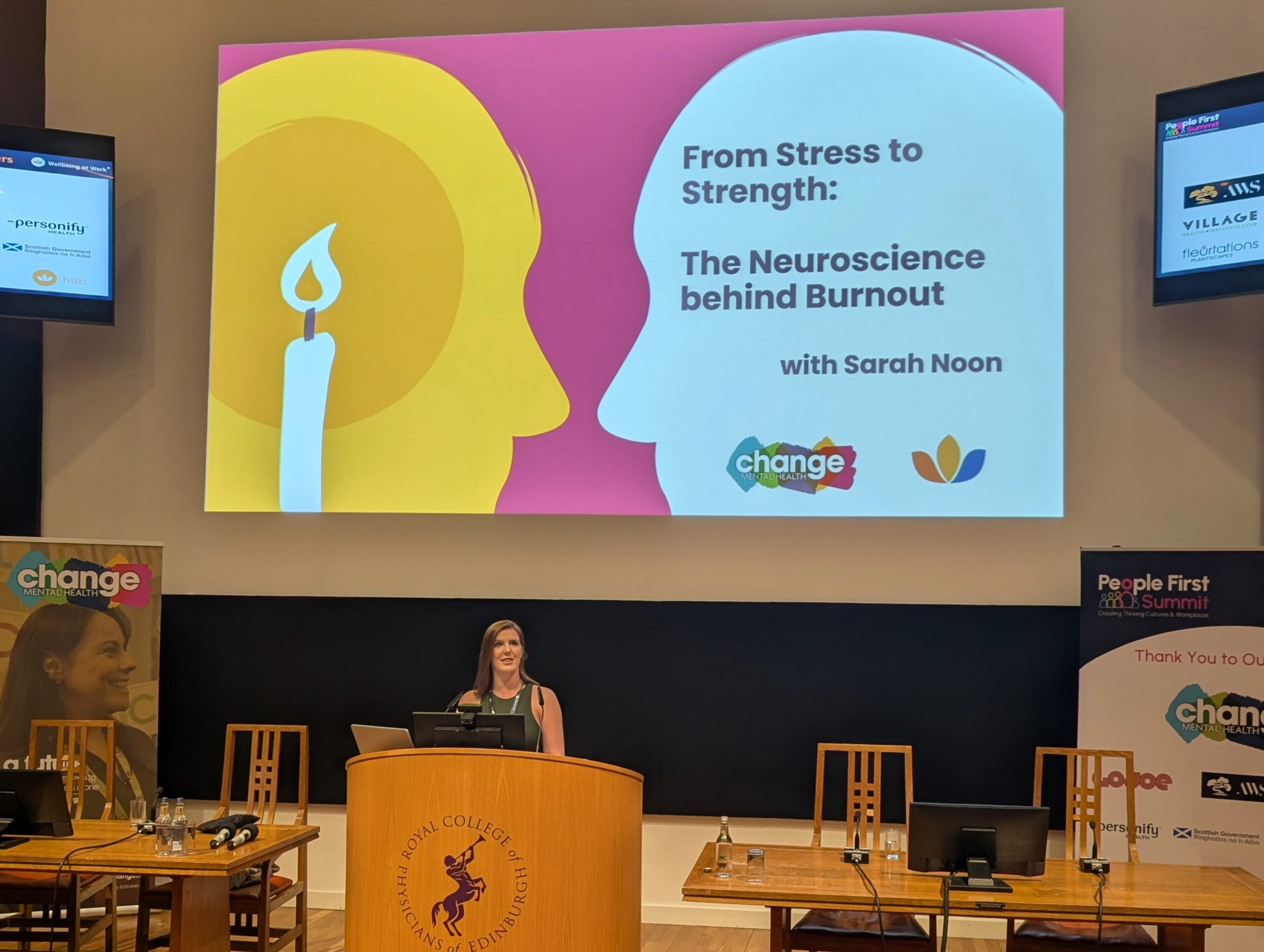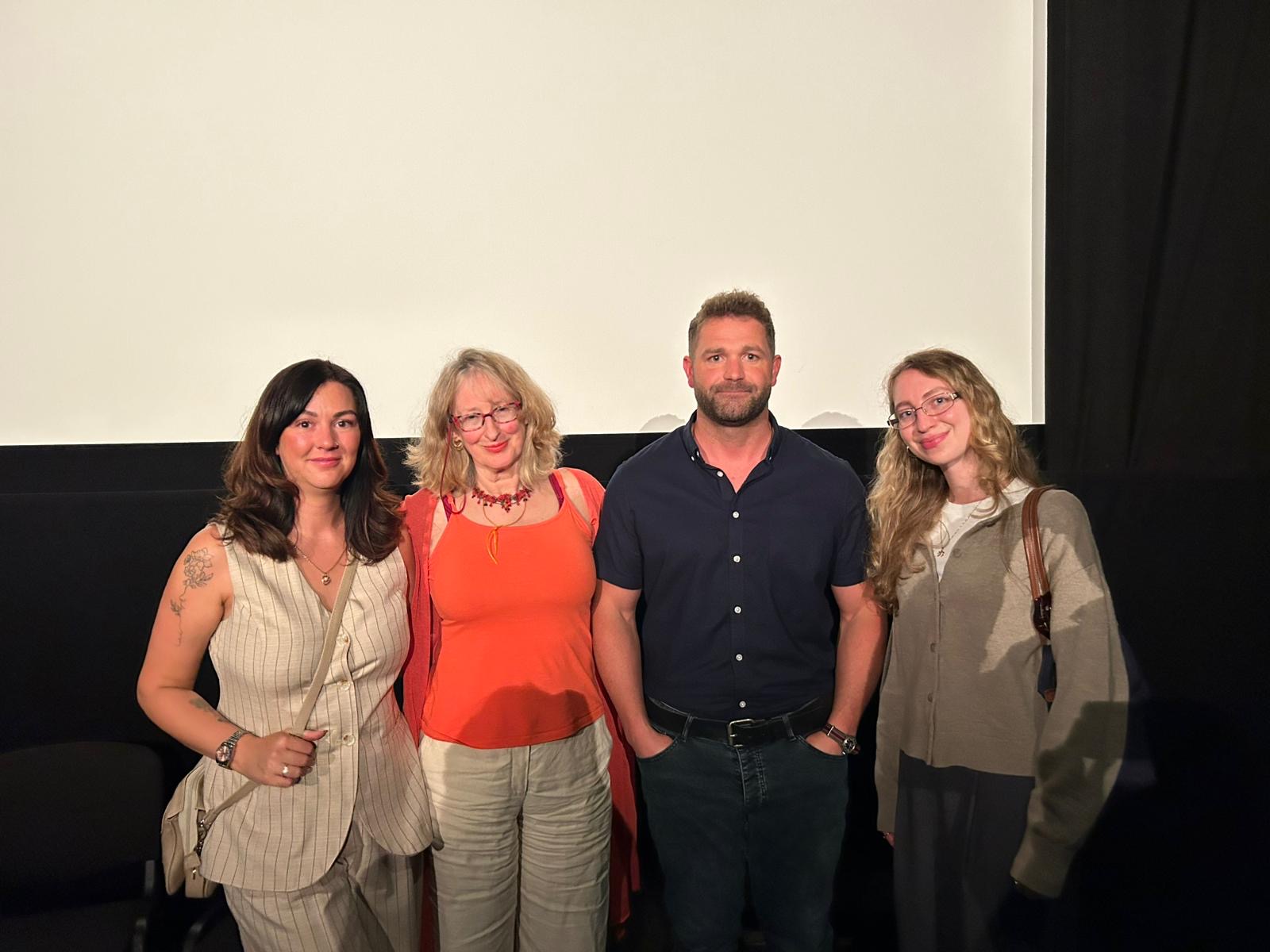Why early intervention matters: Building mental health services that prevent crisis
Early intervention saves lives. Sustainable funding and collaboration make it possible to build mental health services that prevent crisis, not just respond to it.

The theme of 2025’s World Mental Health Day, ‘Access to services – mental health in catastrophes and emergencies’, asks us to consider what happens when a crisis strikes. At Change Mental Health, we focus on early intervention and preventative services rather than crisis response, but we understand what it means to walk with people through some of the hardest times in their lives.
Barriers to mental health support are not only visible in moments of catastrophe, but they are there every day – woven into our systems, communities, culture and society.
Nick Ward, CEO of Change Mental Health, says that for him, “access to services means everyone being able to easily get the support they need in the way that works for them. It is about having services and support that are accessible and informed by a vast range of different people, communities and experiences, so that they can adapt to almost anyone’s needs.”
Access means stripping away the barriers that stop people from getting help when they need it most – whether those obstacles are systemic, geographic or even internalised.
barriers that don’t disappear
The reality is that many people may never receive the support they need. Stigma is still one of the most persistent barriers. Coleen Kelly, Director of Services at Change Mental Health, notes: “While there have been improvements in how society talks about mental health and the impact it can have, there is still a huge amount of stigma that exists. Mental illness is something which is often misunderstood. We have a responsibility to challenge these misconceptions and the language which is often used around it.”
The See Me Scottish Mental Illness Stigma Study found that 92% of respondents experienced stigma and discrimination in their relationships with friends and family. 58% avoided calling an ambulance or attending A&E for emergency mental healthcare because of stigma.
Beyond stigma, people face practical barriers. Strict referral criteria, long waiting lists and limited local resources can shut the door before they can even get through it.
For many people in rural Scotland, access to mental health support is shaped by distance, transport and digital exclusion. Vast regions like the Highlands and Dumfries & Galloway face poor transport links, leaving some communities almost completely cut off from healthcare, social support and employment opportunities.
Our Outreach Workers describe the daily reality of this challenge. “The vast and rural nature of Scotland means that some communities are incredibly hard to reach,” says one of the Outreach Worker in Highlands. “Some people live in rural and very isolated areas where access to healthcare, social services or community resources is limited.”
“Your postcode should not be a determinant of the level of support you receive. But we know that for too many people it still is.
“Pressure on statutory services is increasing and this means that people often aren’t receiving the support they should when asking for help.”
Coleen Kelly
Director of Services
Change Mental Health
early intervention and funding: why prevention depends on stability
Both Nick and Coleen stress the importance of receiving support before a crisis occurs. The earlier someone gets help, the more chance there is to reduce distress, prevent escalation and avoid the need for intensive statutory intervention. Early intervention is also more cost-effective, but paradoxically it is the hardest area to secure sustainable funding. Nick highlights the challenge of designing services that meet people before a crisis, not only in a crisis: “Preventing crisis is the core of early intervention and prevention. We need to make sure that we have services that don’t just address illness but support people to be healthy and have the tools they need to do that.”
One example of what this looks like in practice is Change Mental Health’s Young People’s Programmes, delivered in collaboration with Mental Health UK. Thanks to continued funding, we can plan and develop these programmes in co-production with young people. Time gives us opportunities to regularly review, adapt and expand to include new elements like Me & Money, while removing what doesn’t work. This ongoing process is what makes the programmes effective in building resilience before problems escalate.
But even here, stability cannot be taken for granted. The team must remain vigilant about how many trainings they can deliver and explore new ways of sustaining the programme to ensure its long-term future.
As Coleen points out, short-term funding cycles make it difficult to embed services and show lasting impact. Without longer-term commitments, services risk being disrupted just as they begin to deliver results.
“To allow for longer term plan, funding should be allocated for longer periods with more collaboration between sectors so that there can be space and commitment to develop models of best practice sector wide.”
collaboration that changes access to mental health services
No single organisation can solve Scotland’s mental health crisis alone. Access becomes real when services work together: across communities, housing, healthcare, education and policy. Collaboration is where many barriers are broken down.
Coleen explains: “Collaboration is key in addressing the mental health crisis we are in. The third sector is a source of experience and innovation which can move quickly and flexibly. We talk about the ‘no wrong door’ approach. However, for this to be meaningfully and successfully delivered on the ground, service providers from across the sector need to work together.”
Examples of this approach can be seen across Change Mental Health’s work: Community Link Workers in the Highlands work with GP practices on social prescribing; our Kingdom Housing Association partnership integrates mental health support into tenancy services; collaboration with CAMHS Tayside brings resilience tools to parents and carers of young people; and the National Rural and Islands Mental Health Forum convenes approximately 300 organisations to extend reach into rural communities. Each example shows how cross-sector working creates new pathways for support.
Nick reinforces why partnerships matter, emphasising that “we aren’t the expert in every community and every condition, far from it.” Stronger, cross-cutting partnerships allow Change Mental Health to “access communities that might not traditionally seek support for mental health and mental illness, tackle stigma and learn valuable insights about how to support people from different those demographics better.”
the future of mental health services
Despite the pressures, both leaders highlight the progress being made. Nick points to the organisation’s drive to innovate:
“I am inspired that Change Mental Health is building processes and ways of working that mean we are constantly driving forward service innovation: we are hungry to innovate, to do things differently and reach more people in better ways.”
Coleen reflects on how services have shifted towards more evidence-based, person-centred models: “The world is changing around us and I feel hope that we can continue to collaborate across sectors and with people accessing support to design flexible services which can adapt to the needs of people in crisis.”
She points to recent progress as a reason for optimism: “We have come a long way with services such as Distress Brief Intervention (DBI) being developed and I have hope that we can continue to design services based on evidence and impact.”





